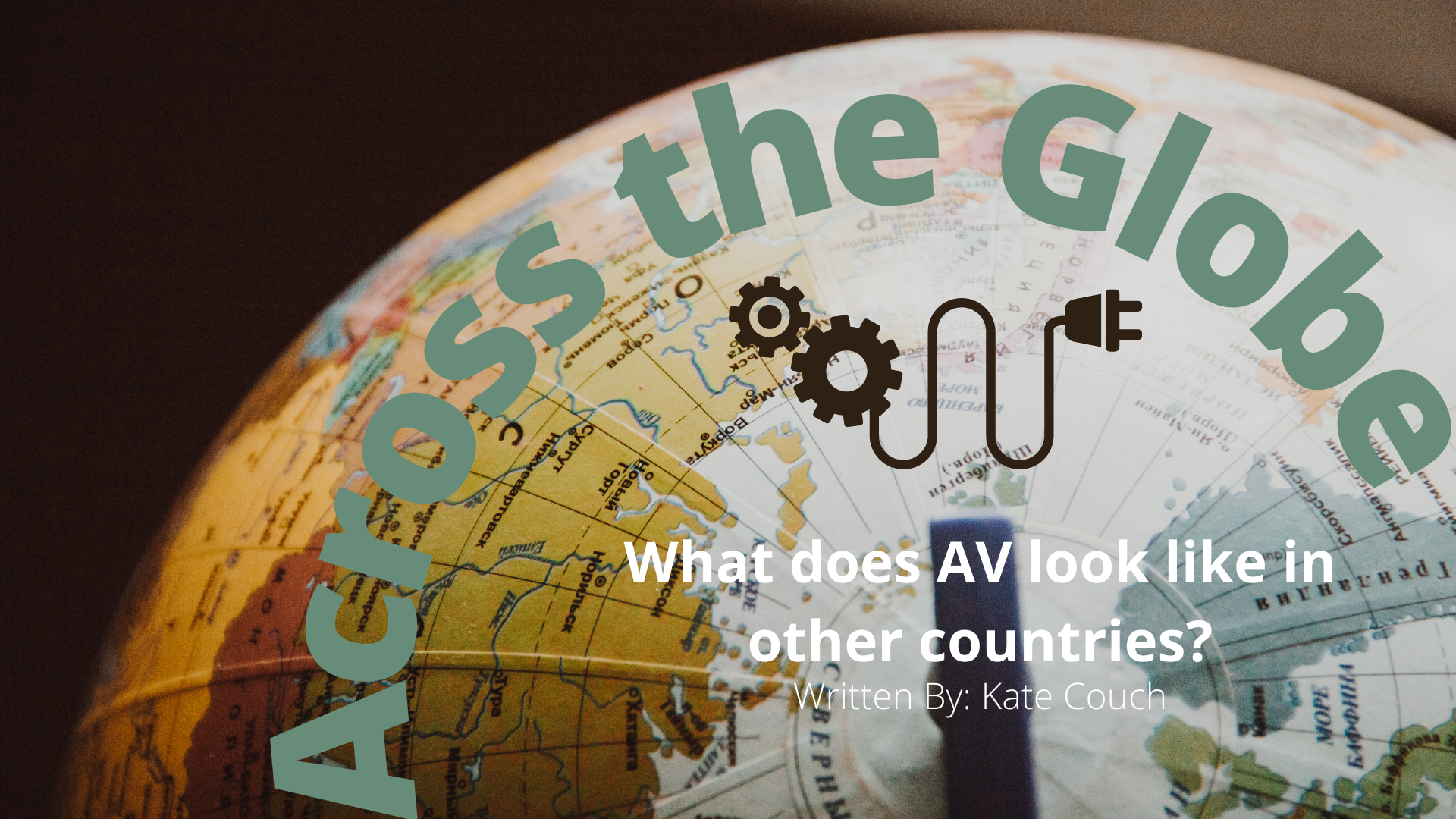Across The Globe: AV In Other Countries

What does AV look like in other developed countries?
Written By: Kate Couch for AV Bend
It’s easy to forget that many of the amenities and services we have in the U.S. are also available in other countries. Just because they speak a different language than us or have different customs doesn’t mean they’re not using the same computer. In fact, according to >Apple Insider, in 2019, Apple sales went up 2% in Europe in 2019. So what does this mean for AV in other countries?
AV was heavily impacted in 2020 due to the pandemic. This created a need for AV at home and for “Zoom Rooms” in corporate offices. Not every country was prepared to send their employees home due to lack of technology and Wi-Fi. Harvard Business Review designed a graph displaying the readiness of each country. Countries like Norway, the Netherlands, Estonia and the U.K. scored high. These countries are highly developed technology-wise and use most of the same technology we use here in the U.S. However, countries like Mexico, Chile, India and South Africa scored low. Their ability to conform technologically was hindered due to their economic status. Because of that, the pandemic and the WFH issues hit their citizens harder.
The goal is to make these lower-scoring countries more up-to-date when it comes to AV and technology. Companies like the World Intellectual Property Organization (WIPO) are doing studies to raise awareness of this need. In August 2018, WIPO did a study on Africa’s need for audiovisual equipment. It specifically highlighted how this would increase the accuracy of economic data collection. Their study was intended to “highlight the importance of gathering audiovisual market data to achieve tangible results in developing effective policies, including for the acquisition, management and use of intellectual property (IP) rights and to strengthen the audiovisual sector in five African countries (Burkina Faso, Côte d’Ivoire, Kenya, Morocco, and Senegal).” Read the full article here. Organizations and studies like these make it possible for economically developing countries to become more integrative with recent audiovisual advancements.
Even though other countries in Europe use different outlets than we use here in the U.S., there isn’t much difference in their audiovisual setups or how they use their technology. This is mainly because they are economically advanced, as U.S. Economics plays a huge role in which technology and audiovisual setups are incorporated into the government and into citizens’ daily lives. When it comes to providers and distributors, there are slight differences. The European AV Group is a company whose goal is to “become the most trusted supplier of professional Audio, Video and Control products across Europe,” according to its website. We don’t have this in the U.S. (we have the unaffiliated USAV group which provides similar services), but the content it uses and the products it sells are either the same or comparable to those in the U.S.
Accessibility associated with economics has more to do with the differences in the audiovisual world than cultural differences. Developed countries model the U.S. in technology and AV very closely. This is important as businesses expand on an employee and customer basis across the globe.
*This article is by Tony Sprando of AV Bend’s intellectual property. To use or reference this article please contact: Tony@avbend.com*
To know more about Tony and his professional profile see these:
https://www.linkedin.com/in/tonysprando/
https://www.ravepubs.com/author/tsprando/
To know more about Kate and her professional profile see these:
https://www.linkedin.com/in/kate-couch-a7318220a/
https://k8couch.wixsite.com/katecouch






